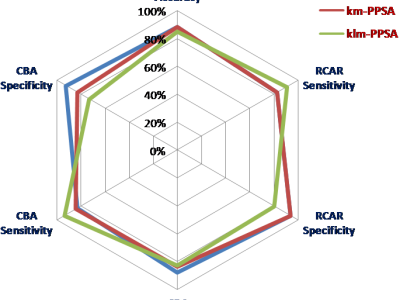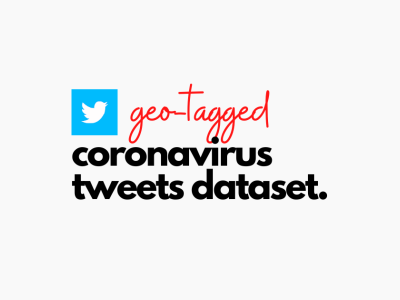klm-PPSA Dataset V 1.0

- Citation Author(s):
- Submitted by:
- Nahid Eddermoug
- Last updated:
- DOI:
- 10.21227/1c13-df06
- Data Format:
Abstract
This dataset is used to illustrate an application of the "klm-based profiling and preventing security attack (klm-PPSA)" system. The klm-PPSA system is developed to profile, detect, and then prevent known and/or unknown security attacks before a user access a cloud. This dataset was created based on “a.patrik” user logical attempts scenarios when accessing his cloud resources and/or services. You will find attached the CSV file associated with the resulted dataset. The dataset contains 460 records of 13 attributes (independent and dependent variables). The entries of the dataset contain different features of this user when trying to establish authentications/connections to the system.
For the description of the klm-PPSA system and more details on the dataset, please see the following paper: N. Eddermoug, A. Mansour, M. Sadik, E. Sabir, and M. Azmi, “Klm-based profiling and preventing security attacks for cloud computing: A comparative study,” in 2021 28th International Conference on Telecommunications (ICT), June 2021, pp. 1–6.
Instructions:
This dataset contains 460 records of 13 attributes (independent and dependent variables), as follows: *Dependent variables: Is the authentication safe (a predetermined qualitative variable equal to Yes or No). *Independent variables: Time, age, Internet Protocol address, place, Media Access Control address, used device, method of authentication, biometric features, keystrokes, k-factor (#attempts with incorrect password), m-factor (#attempts with the correct password but with invalid keystrokes, and l-factor (#attempts using biometric features). The given .csv file can be used to train and/or evaluate the models using machine learning algorithms.
 372 views
372 views







